In the heart of Kuwait City, the ancient tradition of "Midfa Al Iftar" continues to captivate both locals and visitors alike during the holy month of Ramadan. Dating back to 1907, this unique custom, introduced by Sheikh Mubarak Al Sabah, the ruler of Kuwait at the time, involves the firing of cannons to signal the time of Iftar, the breaking of the fast.
At Nayef Palace, adjacent to the iconic Liberation Tower, the cannon stands as a symbol of tradition and heritage. Originally gifted by the governor of Iran, the cannon has become an integral part of Kuwaiti culture, heralding the arrival of the Maghrib call to prayer and the end of the day's fast.
As the sun sets and the moment of Iftar approaches, three uniformed guards stand ready at the cannon, awaiting the precise moment to ignite the powder and unleash the resounding boom that echoes across the city. For both locals and expatriates, the sight and sound of the cannon firing are not just a timekeeper but a cherished tradition that connects them to their heritage.
Legend has it that the tradition of firing cannons to mark Iftar originated when the ruler of Egypt, Khos Kadam, inadvertently ignited a new cannon at sunset during Ramadan. Mistaking the cannon fire for a deliberate signal, locals embraced the gesture as a symbolic announcement of the arrival of Iftar, thus establishing a tradition that continues to this day.
From Nayef Palace to other locations across Kuwait and several countries in the Middle East, the firing of cannons to mark Iftar serves as a reminder of the shared traditions and customs that unite communities during the holy month of Ramadan. As the cannon roars and the fasting faithful gather to break their fast, the spirit of unity and reverence for this sacred time is palpable throughout the region.
In a rapidly changing world, the age-old tradition of firing cannons to mark Iftar stands as a testament to the enduring legacy of cultural heritage and the timeless rituals that bind communities together in faith and celebration.



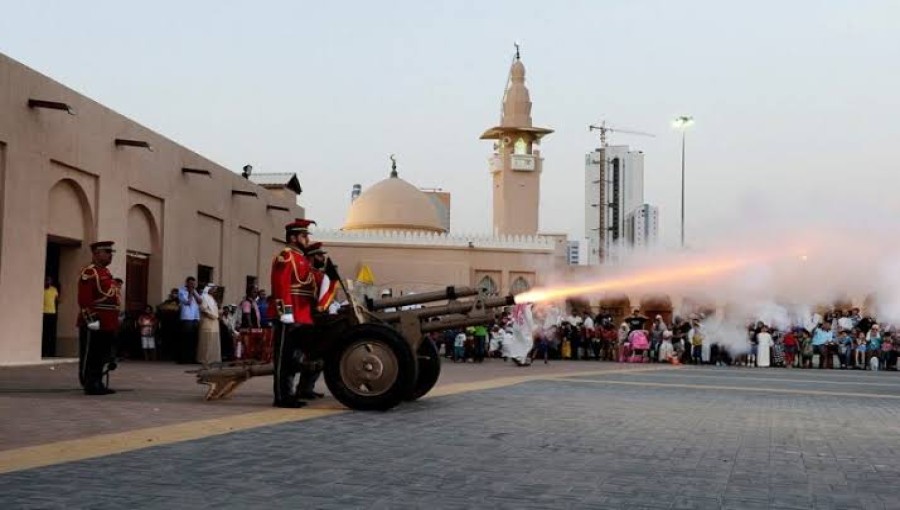


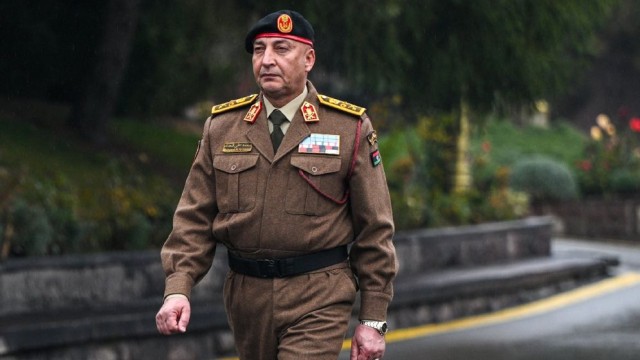



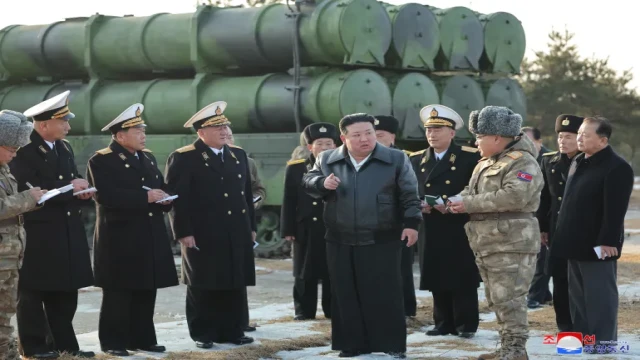
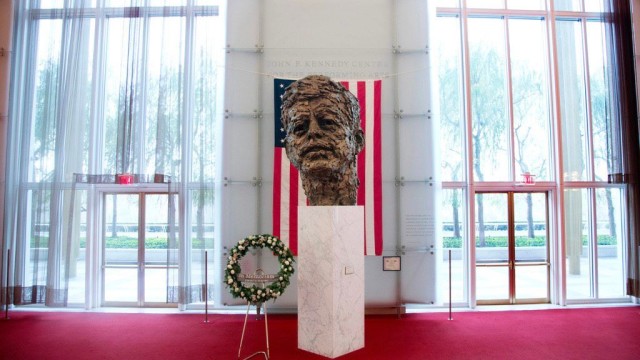


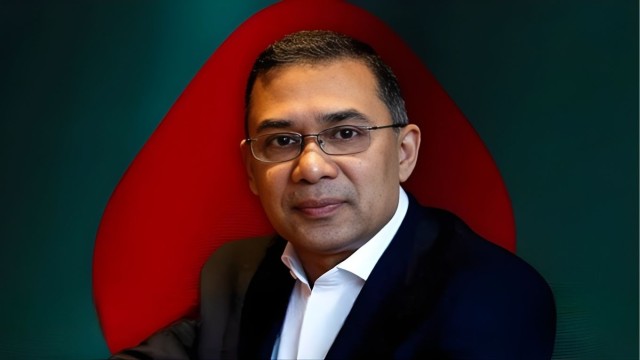

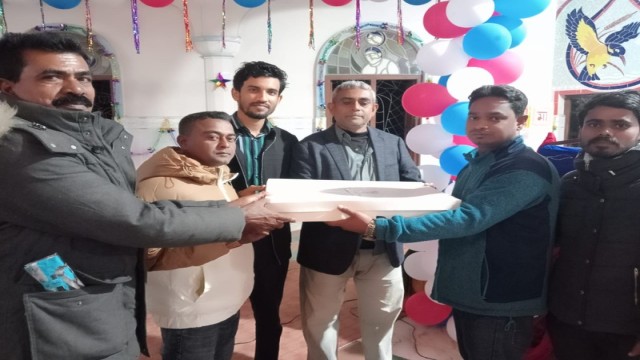

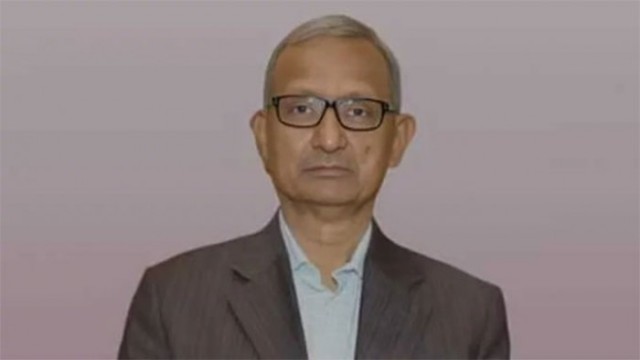





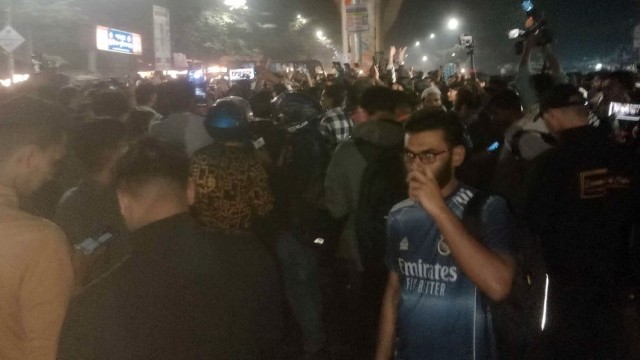


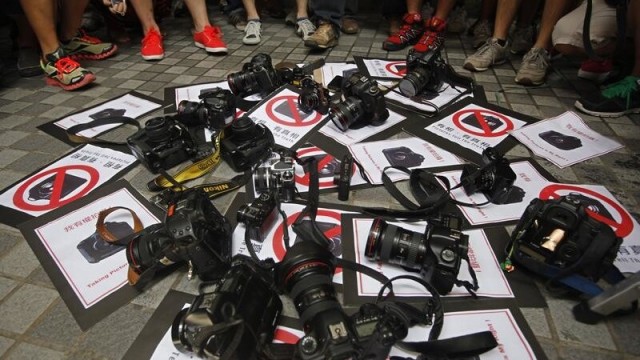

Comment: